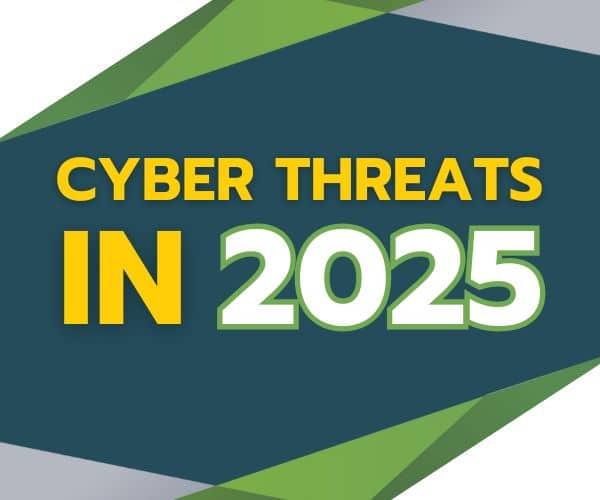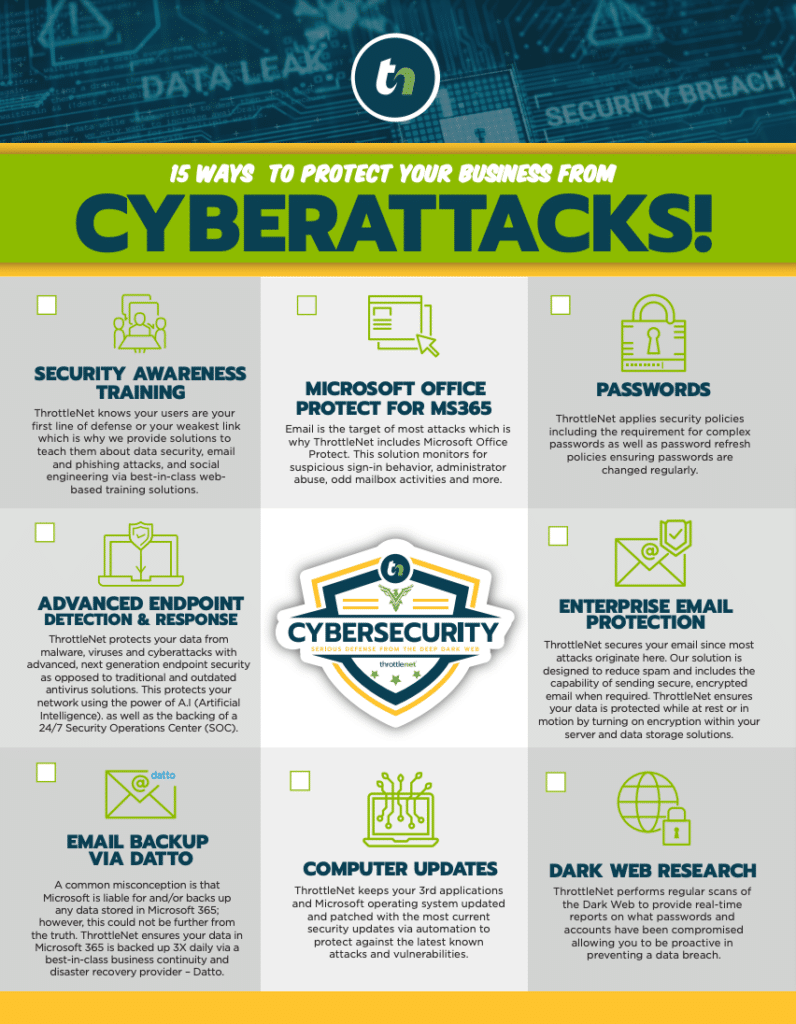In 2025, the cybersecurity landscape has evolved significantly, presenting new challenges for individuals and organizations alike. Cybercriminals have adopted advanced techniques, leveraging emerging technologies to execute more sophisticated attacks. Understanding these threats and implementing proactive measures are crucial to safeguarding digital assets.

Predominant Cyber Threats in 2025
AI-Enhanced Phishing and Social Engineering
Overview: Cybercriminals are utilizing artificial intelligence to craft highly convincing phishing emails and social engineering schemes, making it increasingly difficult for individuals to discern legitimate communications from fraudulent ones.
Preventive Measures:
- Advanced Email Filtering: Deploy AI-powered email security solutions capable of detecting phishing attacks as well as impersonation attempts once in your mailbox.
- Continuous Training: Regularly educate employees on the latest phishing tactics and encourage a culture of skepticism towards unsolicited communications.
Ransomware Evolution
Overview: Ransomware attacks have shifted from merely encrypting data to exfiltrating sensitive information, with attackers threatening to publicly release it unless ransoms are paid.
Preventive Measures:
- Regular Backups: Maintain up-to-date backups stored offline to ensure data restoration without capitulating to ransom demands. Ideally, these should be image based backups; meaning the entire operating system, all patches and updates as this ensures timely recovery from any incidents.
- Network Segmentation and Policy of Least Privilege: Implement network segmentation to contain potential breaches and limit the spread of ransomware within the organization. Ensure that users only have access to the information they require.
Supply Chain Attacks
Overview: Attackers are increasingly targeting third-party vendors and suppliers to infiltrate larger organizations, exploiting the interconnectedness of modern supply chains.
Preventive Measures:
- Vendor Assessment: Conduct thorough security assessments of all third-party partners and require adherence to stringent cybersecurity standards.
- Continuous Monitoring: Implement real-time monitoring of supply chain activities to detect and respond to anomalies promptly.
Internet of Things (IoT) Vulnerabilities
Overview: The proliferation of IoT devices has expanded the attack surface, with many devices lacking robust security measures, making them attractive targets for cybercriminals.
Preventive Measures:
- Device Management: Maintain an inventory of all IoT devices and ensure they receive regular security updates and patches.
- Network Isolation: Place IoT devices on separate networks from critical systems to mitigate potential breaches.
Artificial Intelligence-Powered Attacks
Overview: Cybercriminals are leveraging AI to automate the discovery of vulnerabilities and the development of exploits, increasing the speed and scale of attacks.
Preventive Measures:
- AI-Based Defense Systems: Adopt AI-driven security solutions that can anticipate and counteract AI-powered threats. Reviewing these findings via a 24/7 Security Operations Center (SOC) is also preferred to avoid false positives.
- Proactive Threat Hunting: Engage in continuous threat hunting activities to identify and remediate vulnerabilities or any threat actors currently on the network before they are able to conduct an attack.
Strategies to Stay Ahead of Cyber Threats in 2025
- Zero Trust Architecture: Implement a zero-trust security model that verifies every user and device attempting to access network resources, regardless of their location.
- Regular Security Audits: Conduct comprehensive security audits to identify and address potential weaknesses within the organization’s infrastructure.
- Incident Response Planning: Develop and regularly update an incident response plan to ensure swift and effective action in the event of a security breach.
- Collaboration and Information Sharing: Participate in industry information-sharing initiatives to stay informed about emerging threats and effective mitigation strategies.
By understanding the evolving cyber threats in 2025 and implementing these proactive measures, organizations can enhance their resilience against the sophisticated attacks prevalent in 2025. See how ThrottleNet can help enhance your security today!

Chris Montgomery
ThrottleNet Sales Director
cmontgomery@throttlenet.com



